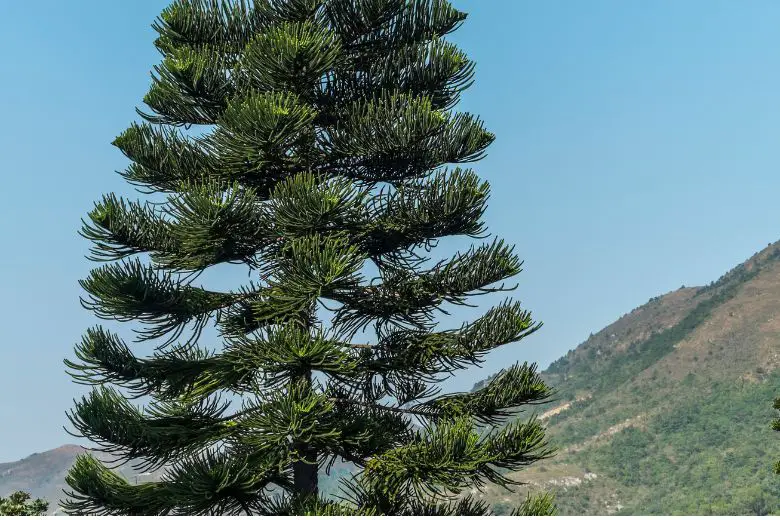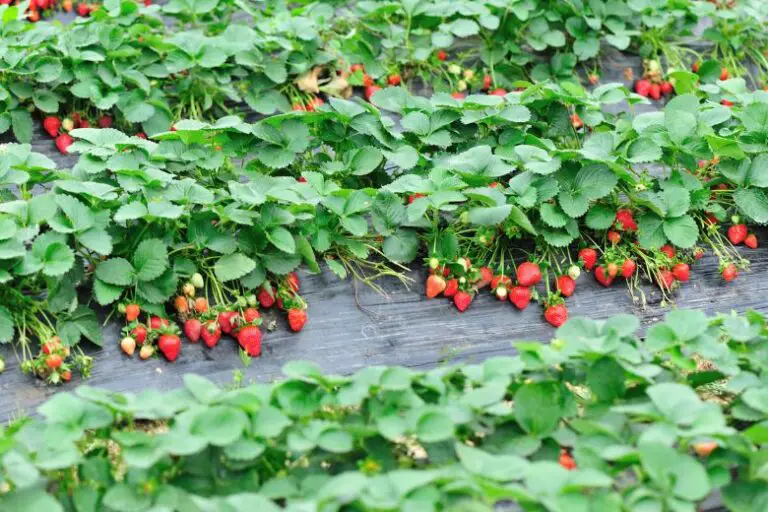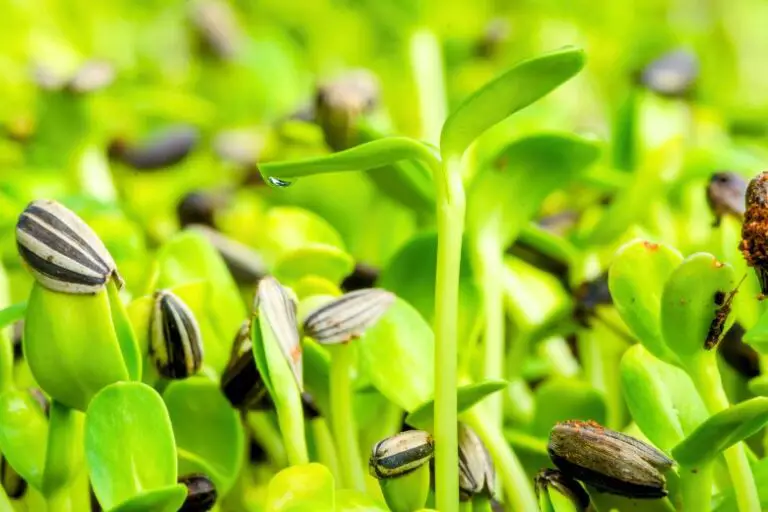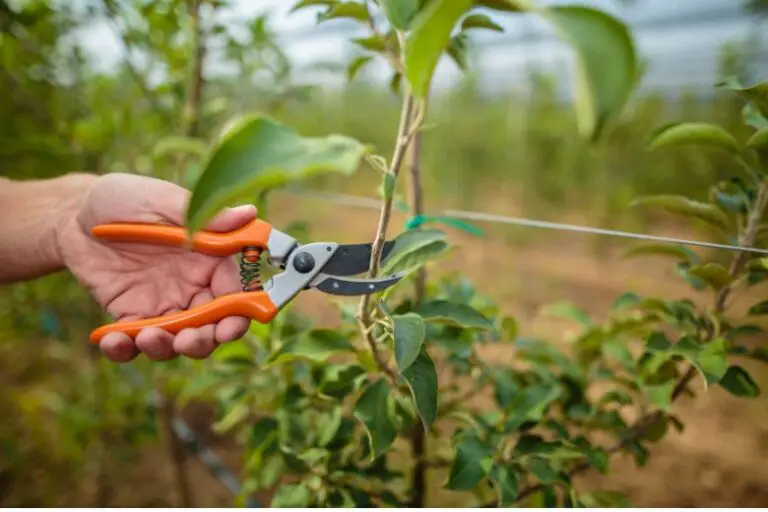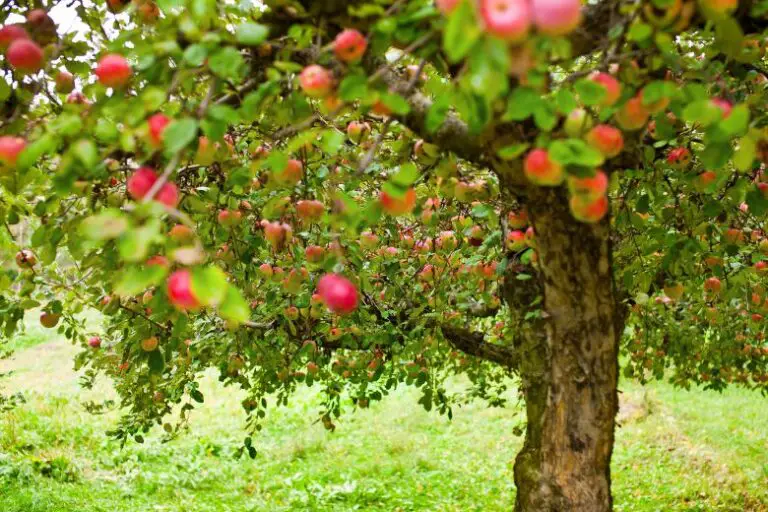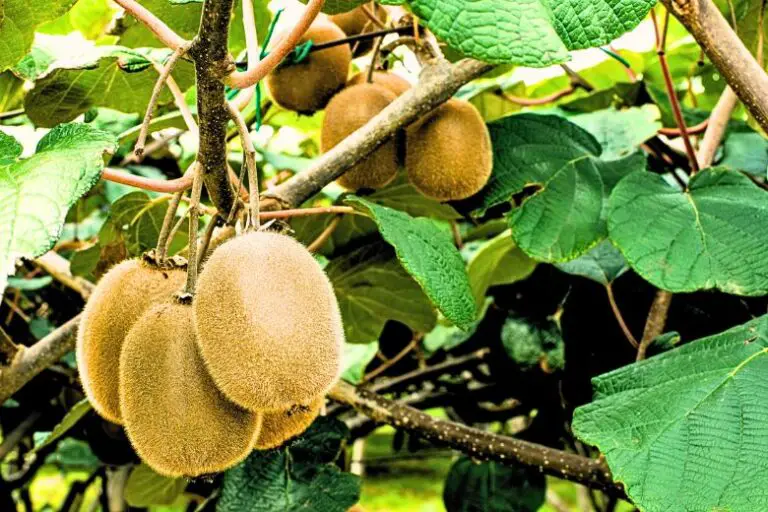How Long Does It Take for Pine Trees to Establish
Importance of Pine Trees Pine trees play a significant role in our ecosystem. They provide habitats for various wildlife species, prevent soil erosion, and contribute to the overall air quality. Additionally, they serve as valuable sources of timber and wood products.
Overview of Tree Establishment Tree establishment refers to the process by which a young tree acclimates to its environment, develops a strong root system, and establishes itself for long-term growth. It involves several stages, including germination, early growth, maturation, and canopy development.
Factors Affecting Pine Tree Establishment
- A. Climate and Weather Conditions The climate and weather conditions of a particular region have a substantial impact on pine tree establishment. Pine trees thrive in temperate climates with adequate sunlight and moderate rainfall. Extreme temperatures, frost, or drought can impede their growth.
- B. Soil Conditions Soil quality and composition greatly influence the establishment of pine trees. They prefer well-drained soils with good water-holding capacity. Sandy or clayey soils may hinder root development and nutrient uptake, affecting overall growth.
- C. Seed Quality and Viability The quality and viability of pine tree seeds play a crucial role in establishment. Fresh and healthy seeds have a higher chance of germination and early growth. Seeds sourced from reputable nurseries or obtained from mature pine cones are ideal for successful establishment.
- D. Planting Techniques Proper planting techniques are essential for ensuring the successful establishment of pine trees. Factors such as seed depth, spacing, and soil preparation significantly impact the early growth and development of the trees.
Germination and Early Growth Stage
- A. Germination Process Germination is the first stage of pine tree establishment. It involves the sprouting of a seed and the emergence of a young seedling. Adequate moisture, suitable temperature, and oxygen availability are critical for successful germination.
- B. First-Year Growth and Development During the first year, pine seedlings focus on establishing a strong root system and developing above-ground growth. They require sufficient sunlight, water, and nutrients to ensure healthy growth and survival.
- C. Importance of Sunlight and Water Sunlight is crucial for photosynthesis, the process by which plants convert light energy into chemical energy. Adequate water supply is also essential for maintaining proper turgidity and facilitating nutrient uptake.
Maturation and Canopy Development
- A. Growth Rate and Timeline Pine trees exhibit varying growth rates depending on the species and environmental conditions. Generally, it takes several years for a pine tree to reach maturity and develop a fully formed canopy.
- B. Canopy Formation and Shading Canopy development is an important milestone in pine tree establishment. As the tree grows taller, it forms a dense crown that provides shade to the lower layers, limiting the growth of competing vegetation.
- C. Nutrient Requirements Proper nutrient availability is crucial for the maturation and canopy development of pine trees. Essential nutrients such as nitrogen, phosphorus, and potassium are necessary for healthy growth and optimal establishment.
Environmental Influences on Pine Tree Establishment
- A. Competition with Other Plants Other plants in the vicinity can compete with pine trees for essential resources such as sunlight, water, and nutrients. Proper weed control measures are necessary to minimize competition and support successful establishment.
- B. Insect Pests and Diseases Pine trees are susceptible to various insect pests and diseases that can hinder their establishment. Regular monitoring, preventive measures, and timely treatment are essential to protect the trees from potential damage.
- C. Fire and Drought Fire and drought can have detrimental effects on pine tree establishment. Certain pine species have adapted to fire-prone environments, while others may suffer damage. Adequate fire management and water availability are crucial for their survival.
Human Intervention and Pine Tree Establishment
- A. Plantation Forestry Plantation forestry involves the establishment of pine trees for commercial purposes, such as timber production. It requires careful planning, site preparation, and management practices to ensure successful establishment and maximize yield.
- B. Tree Nursery Practices Tree nurseries play a vital role in supplying quality pine tree seedlings for establishment. Good nursery practices, including seedling selection, care, and transportation, contribute to the overall success of pine tree establishment.
- C. Silvicultural Techniques Silviculture refers to the application of scientific and sustainable forest management practices. Techniques such as thinning, pruning, and selective harvesting can promote healthy growth and establishment of pine trees.
Timeframe for Pine Tree Establishment
- A. Variation in Establishment Time The timeframe for pine tree establishment can vary depending on various factors, including species, climate, and site conditions. Some species may establish faster than others, while certain environmental conditions can accelerate or delay the process.
- B. Factors Influencing Establishment Speed Factors such as favorable climate, adequate water availability, suitable soil conditions, and proper care and management practices can contribute to faster establishment. Conversely, unfavorable conditions or neglect can prolong the establishment timeframe.
Conclusion
Establishing pine trees requires careful consideration of various factors, including climate, soil conditions, seed quality, and planting techniques. By understanding the process of pine tree establishment and implementing proper care and management practices, we can ensure their successful growth and contribute to a healthier environment.

